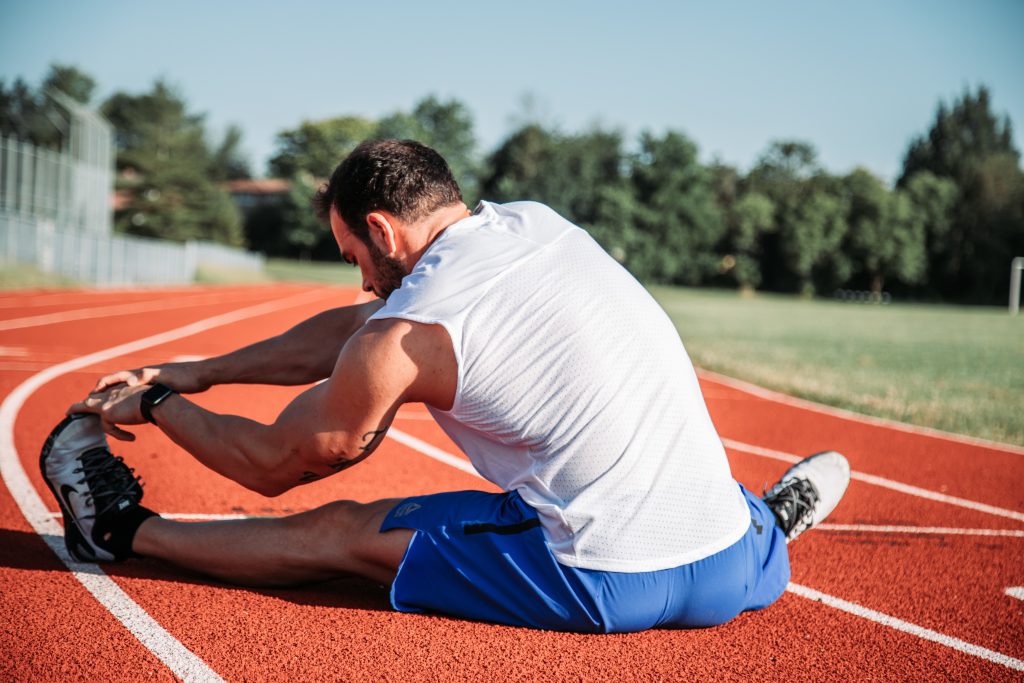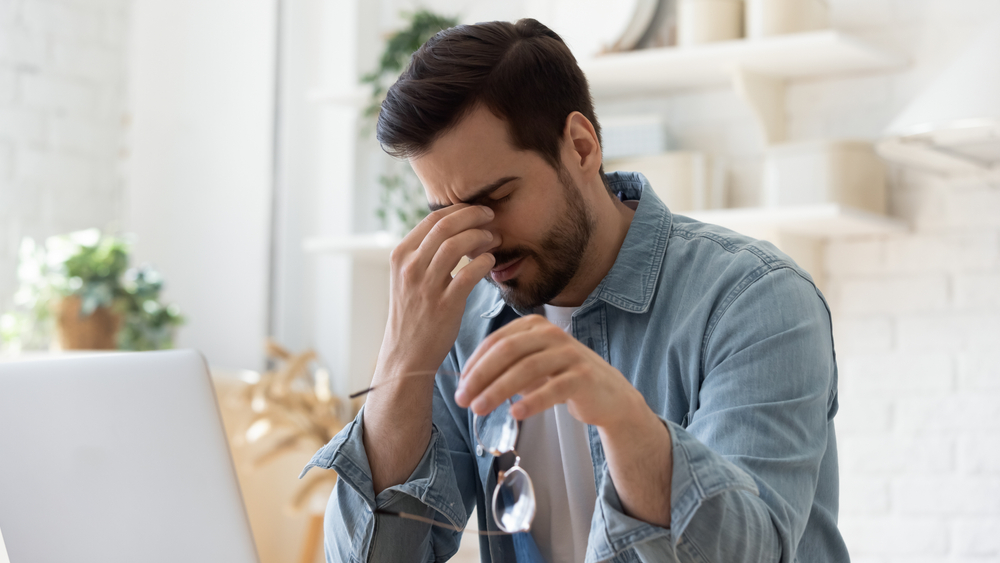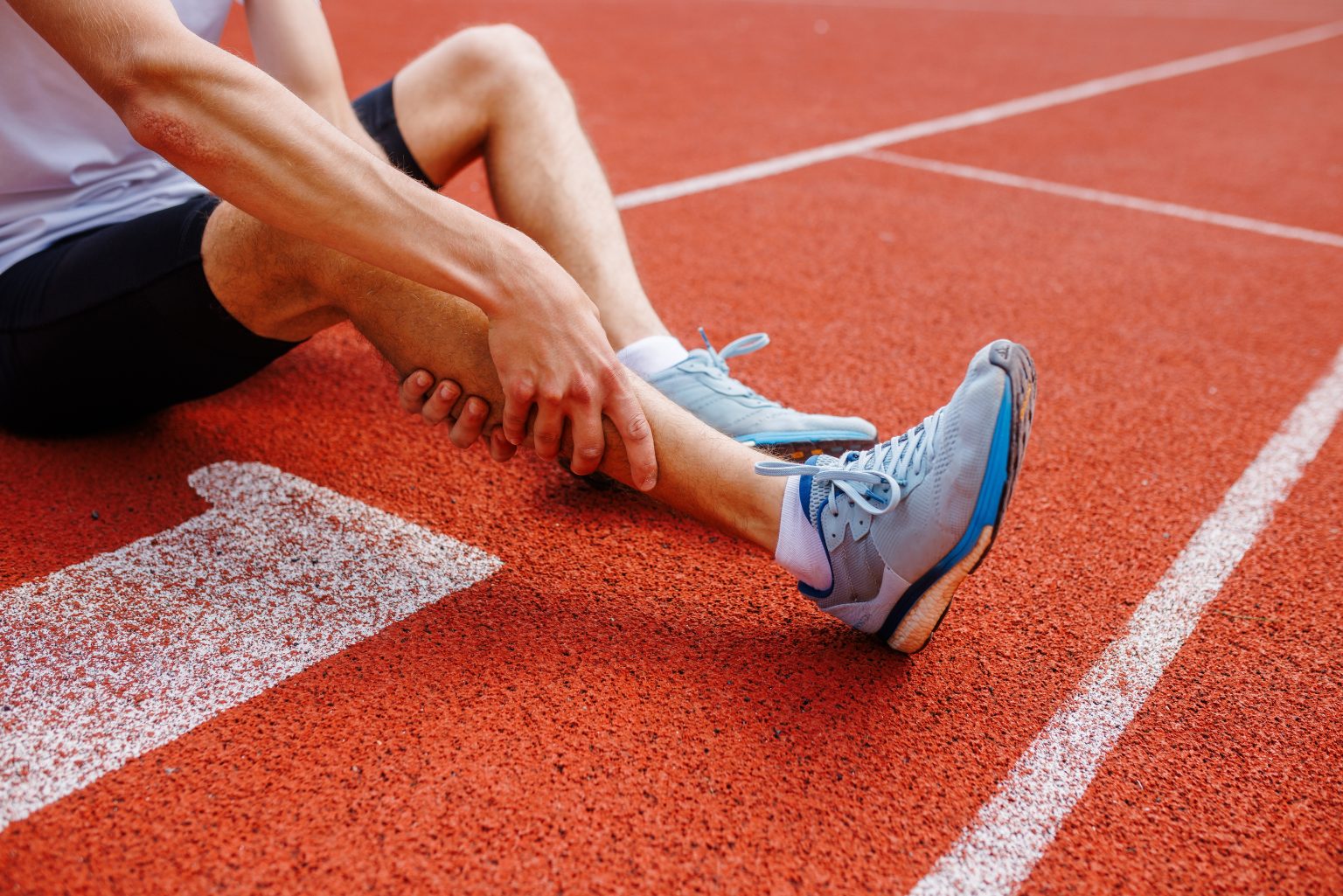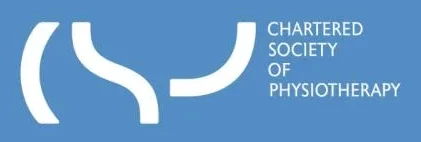Hip pain can be very painful, regardless of its cause, with many people unsure of why they are experiencing it. At Falcon Health, we encounter many clients experiencing a wide array of pains and injuries, one of which is hip pain. So, our expert physio at Falcon health has developed this blog to help you understand hip pain and how to overcome it.
Symptoms of Hip Pain
Depending on your condition or injury, hip pain can take many forms. So, it is important to understand the indicators of hip pain and what they can lead to. However, it is important to know that each pain is not exclusive, and you can experience multiple pains at once. If you have any questions or queries, contact our physio at Falcon Health today.
There are a few different symptoms that may indicate you are experiencing hip pain. These can include:
– Pain in the groin area
– Pain in the outside of the hip
– Pain in the inside of the hip
– Pain that radiates down the leg
– Stiffness or decreased range of motion in the hip joint
– Clicking, snapping or grinding noises coming from the hip joint
Types of Hip Pain
There are a few different types of hip pain that our physio can help you with
1. Outer Hip Pain
This type of hip pain is usually caused by problems with the muscles, tendons, or ligaments in your hip. It can also be caused by bursitis, which is an inflammation of the fluid-filled sacs that act as cushions between your bones and muscles.
2. Inner Hip Pain
This type of hip pain is usually caused by problems with the bones or joints in your hip. It can also be caused by tendonitis, which is an inflammation of the tendons in your hip.
3. Groin Pain
Groin pain is a type of inner hip pain that occurs when there is a problem with the muscles, tendons, or ligaments in your groin. It can also be caused by hernias, which are bulges in your abdominal muscles that push through weak spots in your muscle tissue.
4. Pelvic Pain
Pelvic pain is a type of groin pain that occurs when there is a problem with the muscles, tendons, or ligaments in your pelvis. It can also be caused by endometriosis, which is a condition in which the tissue that lines your uterus grows outside of your uterus.
5. Lower Back Pain
Lower back pain is a type of hip pain that occurs when there is a problem with the bones or joints in your lower back. It can also be caused by problems with the muscles, tendons, or ligaments in your lower back.
6. Sciatica
Sciatica is a type of lower back pain that occurs when there is a problem with the sciatic nerve. The sciatic nerve runs from your lower back through your hips and buttocks and down each leg. Sciatica can be caused by a herniated disc, spinal stenosis, or a pinched nerve.
How Does Hip Pain Occur?
Hip pain can occur for a variety of reasons. It can be the result of an injury, such as a fall or car accident. It can also be the result of overuse, such as from playing sports or lifting heavy objects. Hip pain can also occur due to arthritis, bursitis, tendinitis, or other conditions.
Arthritis
Arthritis is a condition that causes inflammation of the joints. There are several types of arthritis, but the two most common types are osteoarthritis and rheumatoid arthritis. Osteoarthritis is a degenerative disease that occurs when the cartilage in the joints breaks down. Rheumatoid arthritis is an autoimmune disease that occurs when the body attacks the tissues in the joints. Arthritis can cause pain, stiffness, and swelling in the joints.
Bursitis
Bursitis is an inflammation of the fluid-filled sacs that act as cushions between your bones and muscles. Bursitis can be caused by overuse, injury, or infection. It can also be caused by arthritis or other conditions. Bursitis can cause pain, swelling, and stiffness in the affected area.
Tendonitis
The condition, Tendonitis is an inflammation of the tendons. Tendonitis can be caused by overuse, injury, or infection. It can also be caused by arthritis or other conditions. Furthermore, tendonitis can cause pain, swelling, and stiffness in the affected area.
Sprains & Strains
Sprains and strains are common injuries that can cause hip pain. A sprain is an injury to a ligament, which is a tissue that connects two bones. A strain is an injury to a muscle or tendon, which is a tissue that connects a muscle to a bone. Sprains and strains can be caused by overuse, trauma, or poor conditioning. They can also be caused by arthritis or other conditions. Sprains and strains can cause pain, swelling, and stiffness in the affected area.
What Are the Symptoms of Hip Pain?
The symptoms of hip pain vary depending on the type of hip pain you are experiencing. Outer hip pain is usually felt in the hip, thigh, or buttock. Inner hip pain is usually felt in the groin or pelvic area. Groin pain is usually felt in the groin, thigh, or buttock. Pelvic pain is usually felt in the lower back, pelvis, or groin. Lower back pain is usually felt in the lower back, buttocks, or legs. Sciatica is usually felt in the lower back, buttocks, thigh, or legs.
How is Hip Pain Diagnosed?
Your doctor will ask about your symptoms and medical history. They will also do a physical exam. They may order tests, such as x-rays, MRIs, or CT scans to diagnose hip pain.
Physiotherapy Treatment for Hip Pain
Physiotherapy is a type of treatment that can help relieve hip pain. Physiotherapy can help to reduce pain, swelling, and stiffness. It can also help to improve the range of motion and strengthen the muscles around the hip. Physiotherapy treatments for hip pain include exercises, stretches, manual therapy, and electrical stimulation.
A typical session with our physio at Falcon Health will usually involve:
-
An initial assessment to determine the cause of your pain and the best course of treatment
-
A tailored exercise program to improve strength and flexibility
-
Hands-on therapy to reduce pain and inflammation
-
Electrical stimulation to reduce pain and promote healing
-
Education on how to prevent further injury and manage your pain
Can physiotherapy help with post-surgical recovery?
Yes, physiotherapy can be an important part of post-surgical recovery by helping to restore mobility, strength, and function.
Exercises
Exercises are an important part of physio treatment for hip pain. Exercises can help to strengthen the muscles around the hip and improve the range of motion. Your physiotherapist will prescribe exercises specifically for your condition.
Stretches
Stretching is an important part of physio treatment for hip pain. Stretching can help to reduce pain and improve the range of motion. Your physiotherapist will prescribe stretches specifically for your condition.
Manual Therapy
Manual therapy is a type of physio treatment that involves using the hands to massage, manipulate, and mobilise the tissues around the hip. Manual therapy can help to reduce pain, inflammation, and stiffness. It can also help to improve the range of motion.
Electrical Stimulation
Electrical stimulation is a type of physio treatment that uses electrical current to stimulate the muscles and nerves around the hip. Electrical stimulation can help to reduce pain, inflammation, and stiffness. It can also help to promote healing.
Education
Your physiotherapist will provide education on how to prevent further injury and manage your pain. They will also teach you exercises and stretches that you can do at home to help relieve your pain.
Contact Us<
